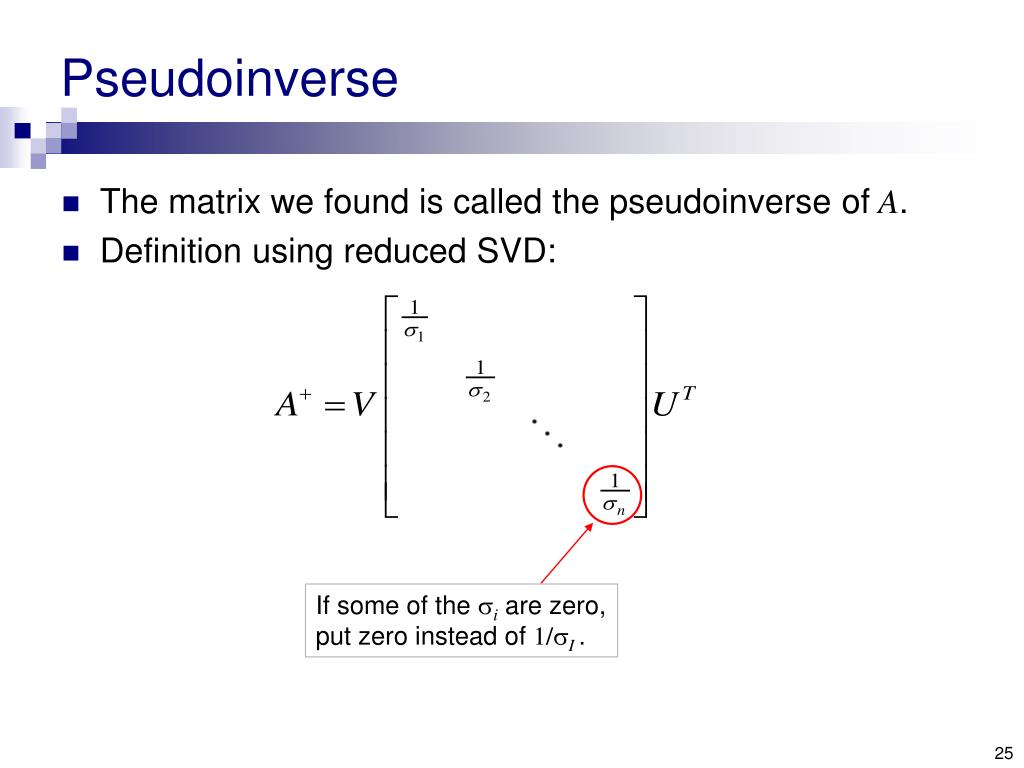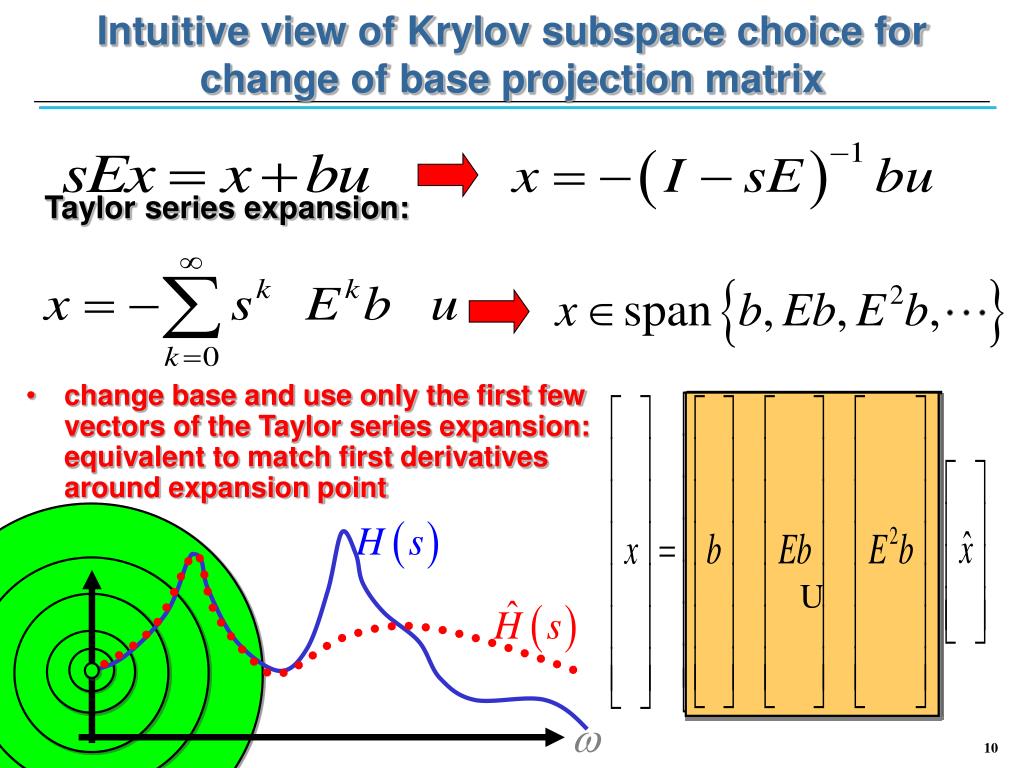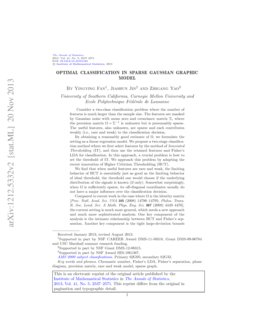

Well, this is actually a non-linear function, and we can show that it is not a subspace pretty easily through a counterexample, by showing that the set is not closed under addition. What about things that are not subspaces? For instance: ( x, y, z ) : | x + y + z | = 1 ( x, y, z ) : | x + y + z | = 1

Therefore, as the subset defined by ( x, y, z ) : 2 x + 3 y = z ( x, y, z ) : 2 x + 3 y = zis a subspace of the volume defined by the three-dimensional real numbers. So if we multiply through α α: 2 α x + 3 α y = α z 2 α x + 3 α y = α zĪnd this is always true, since it is just a scalar. Again, we need to prove this by analysis:

So for instance, valid subspace for a three dimensional space might be z = 2 x + 3 y z = 2 x + 3 y, which is a plane:Īnd does ( x, y, z ) : z = 2 x + 3 y ( x, y, z ) : z = 2 x + 3 y satisfy our three propositions? Well, we can prove this with a bit of analysis: It must be closed under scalar multiplication: if v ∈ S v ∈ S then α v ∈ S α v ∈ S, else S S is not a subspace.Īll of that was just a fancy way of saying that a subspace just needs to define some equal or lesser-dimensional space that ranges from positive infinity to negative infinity and passes through the origin.It must be closed under addition: if v 1 ∈ S v 1 ∈ S and v 2 ∈ S v 2 ∈ S for any v 1, v 2 v 1, v 2, then it must be true that ( v 1 + v 2 ) ∈ S ( v 1 + v 2 ) ∈ S or else S S is not a subspace.The formal definition of a subspace is as follows: We also often use letters from the greek alphabet to describe arbitrary constants, for instance alpha α α and beta β β. When we use ( x, y, z ) : z = C ( x, y ) ( x, y, z ) : z = C ( x, y ) we are describing a set containing all three dimensional vectors that satisfy the condition that z z equals some function C ( x, y ) C ( x, y ). To answer that question, it is worth defining what a subspace is in terms of its formal properties, then what it is in laymans terms, then the visual definition, showing why it is that those properties need to be satisfied.įor those unfamiliar, we will be using a little bit of set notation here - ∈ ∈ stands for is a member of. I now realize this would be the dimension if JUST M9,9.Īm I correct to assume the dimension of W is 81-9 = 72, because all main diagonal entries must be zero and therefore the number of elements we need to define the matrix is only 72? Initially I thought the zeros would still count as entries because you would still need to define the matrix as 9x9.Given some subset of numbers in an n-dimensional space, one of the questions you might get asked is whether or not those numbers make up a subspace.

On this assumption, a 9x9 matrix has 81 entries, therefore its dimension should be 81. I was at first under the impression that the dimension of a vector space for a matrix is the number of elements in the matrix. My question is as follows: Let W be the subspace of M9,9 ( 9 × 9 matrices) made up of all matrices whose diagonal entries are equal to zero.


 0 kommentar(er)
0 kommentar(er)
